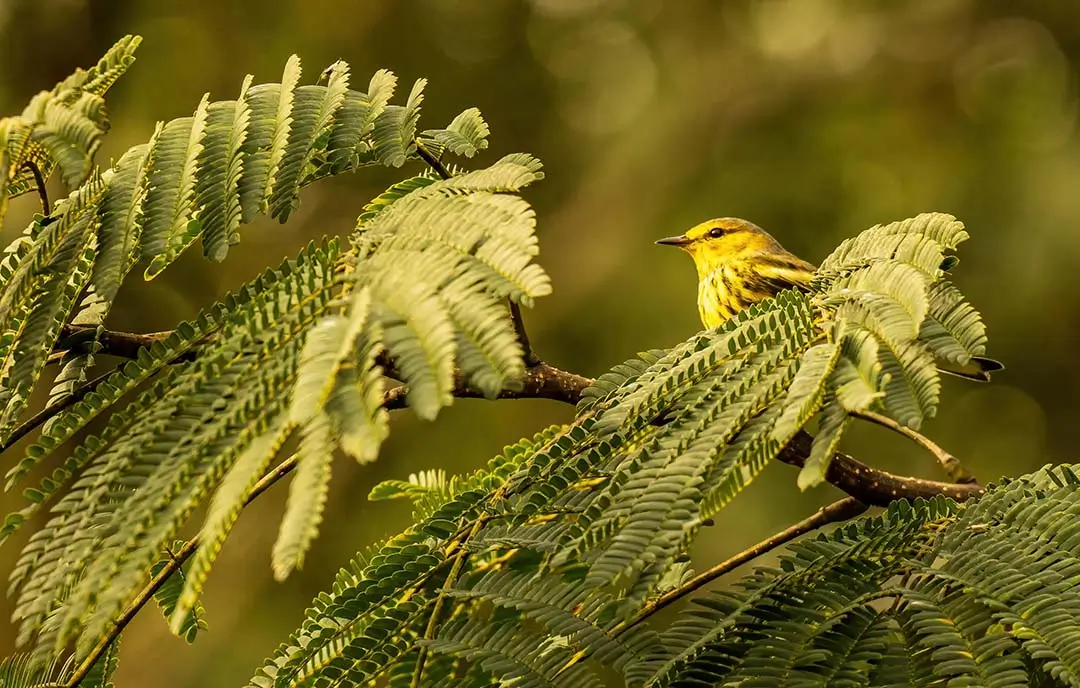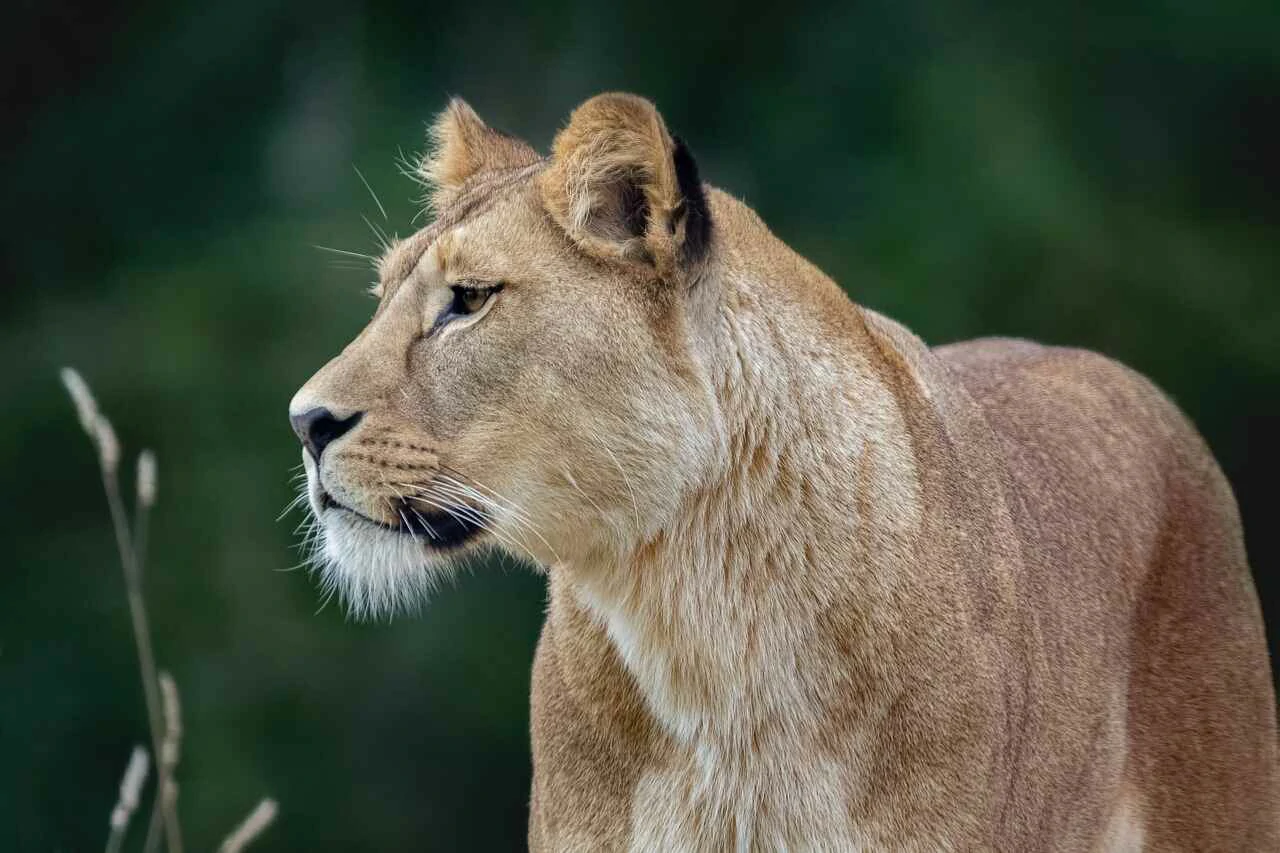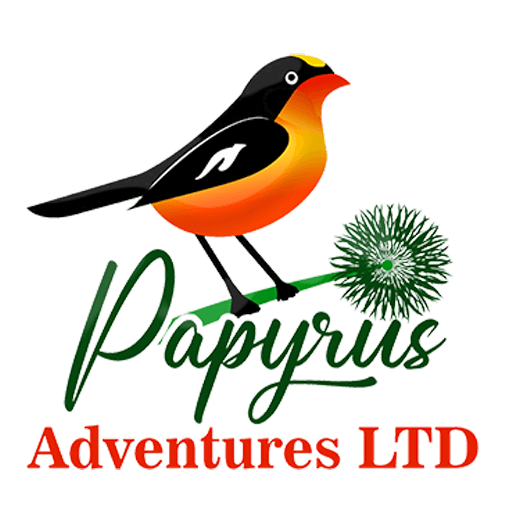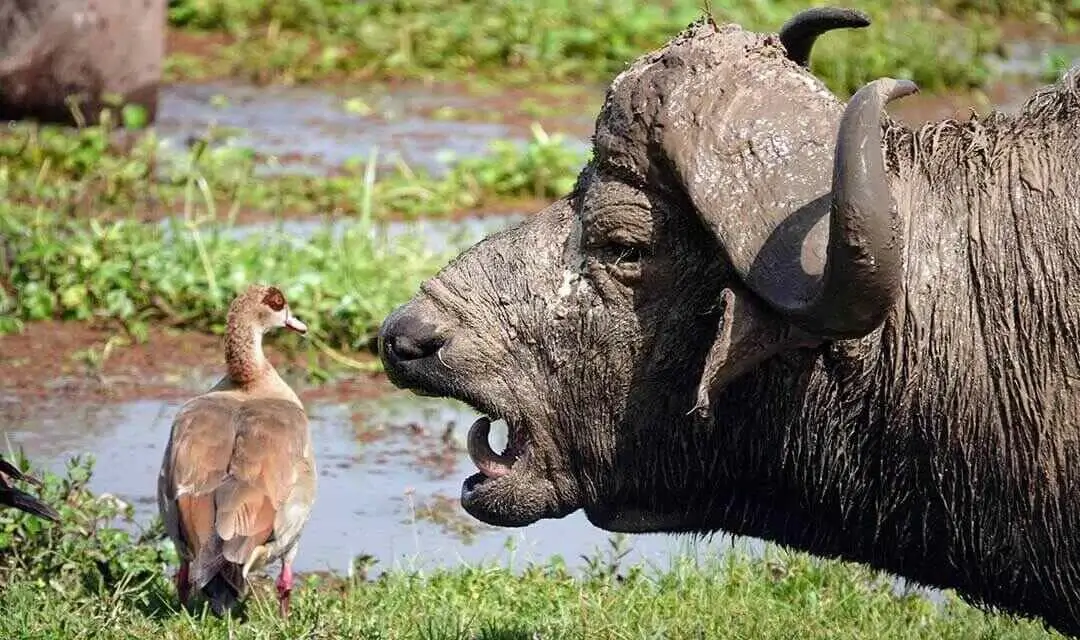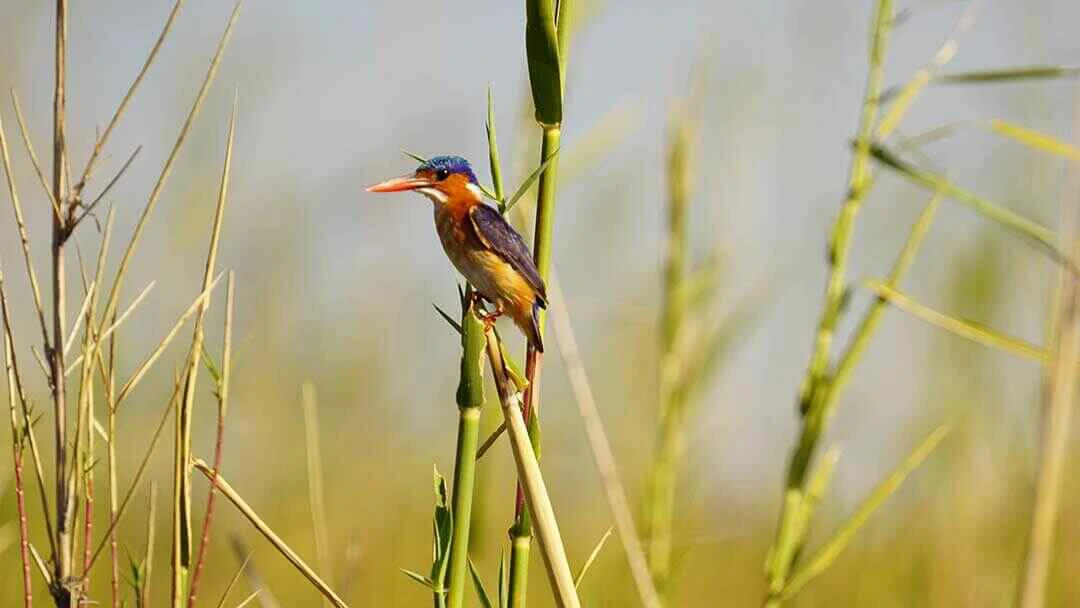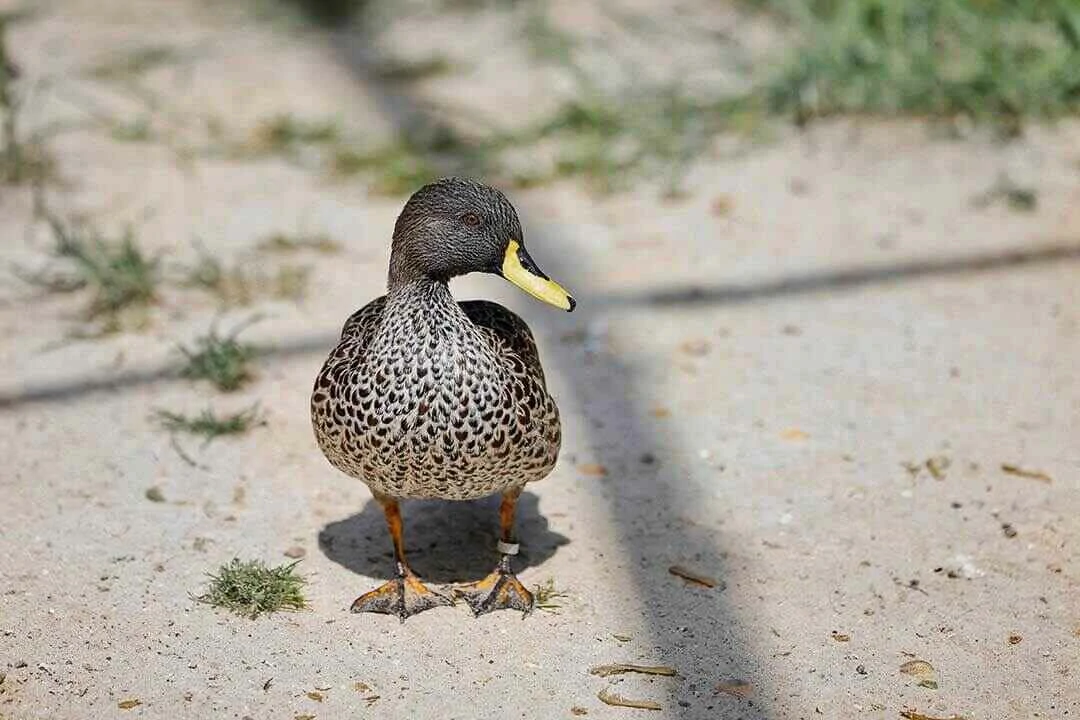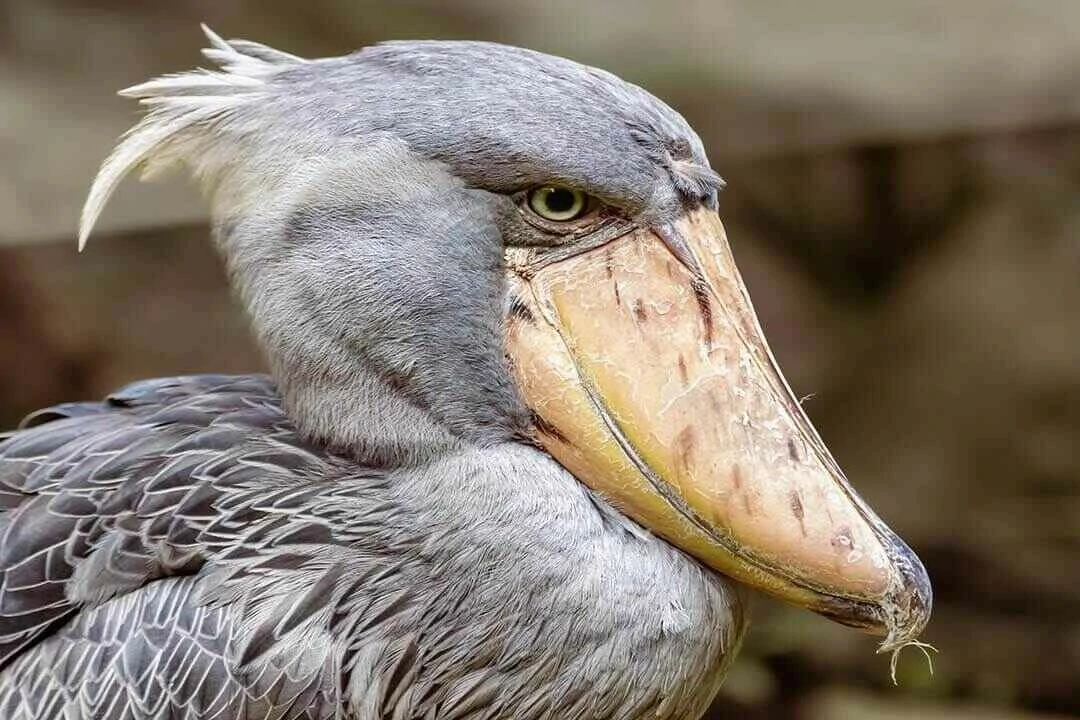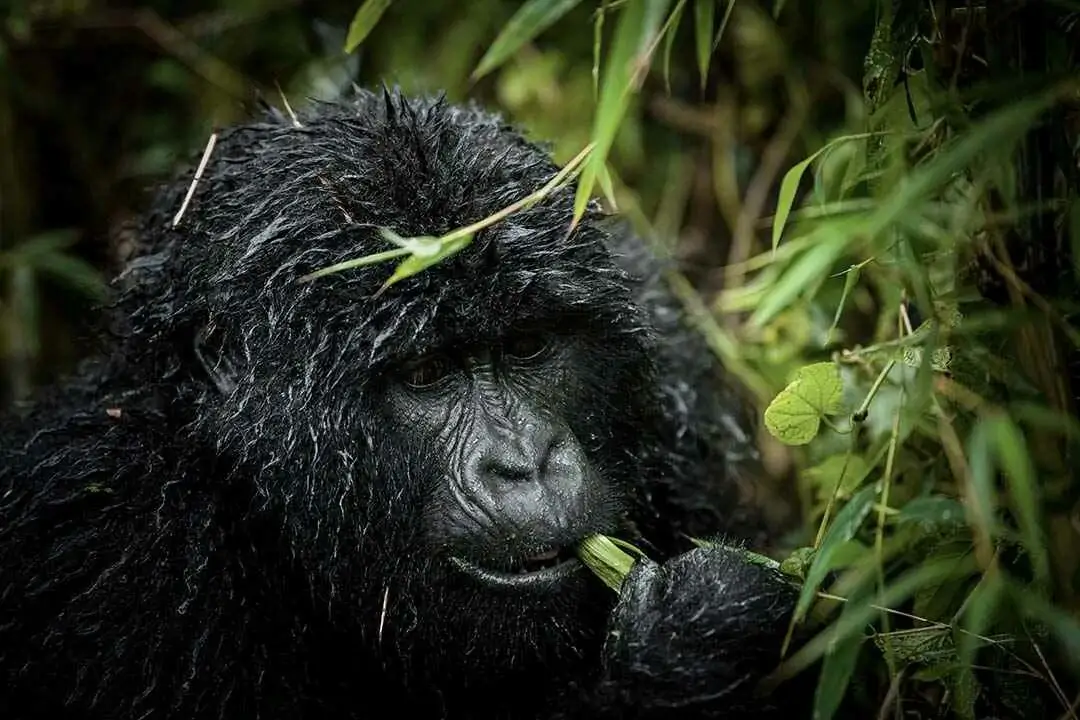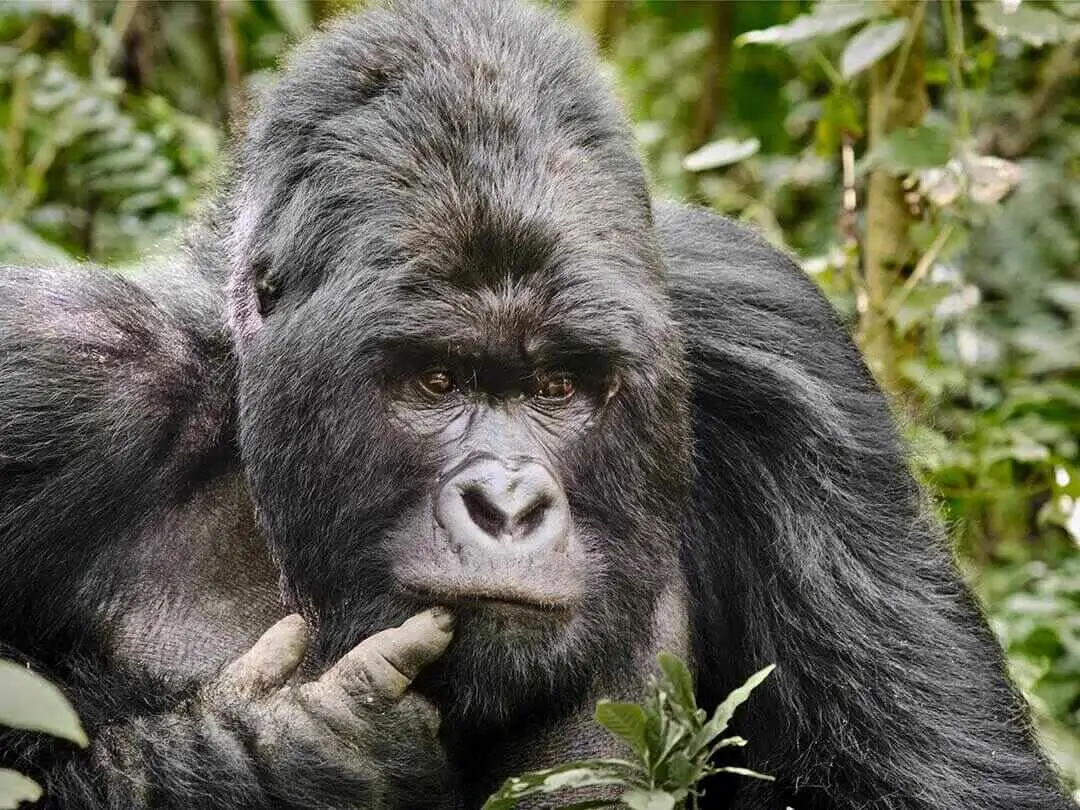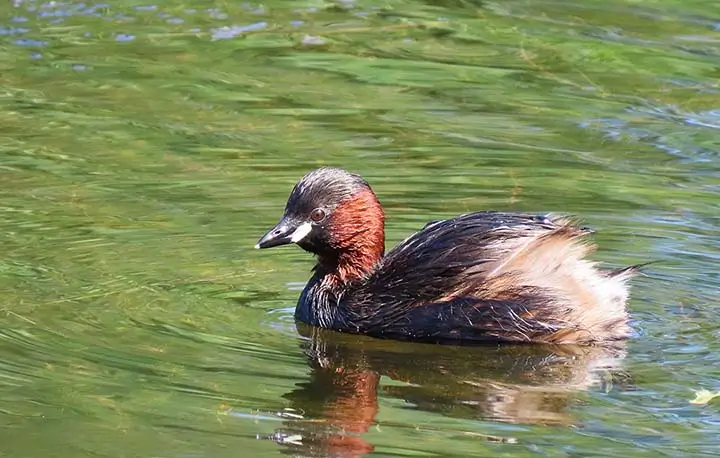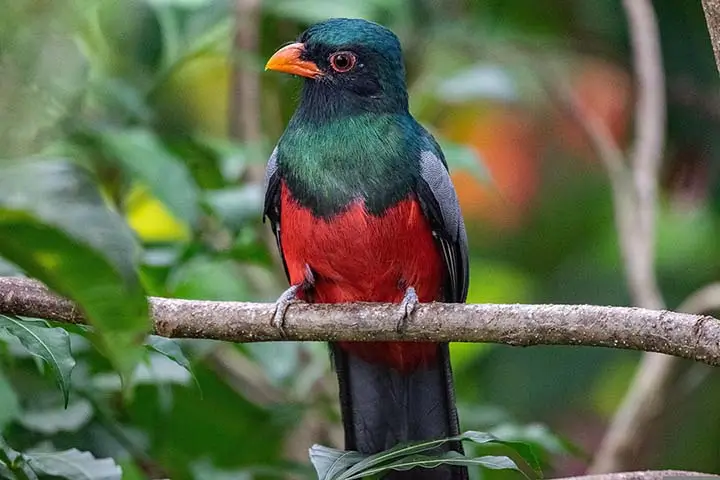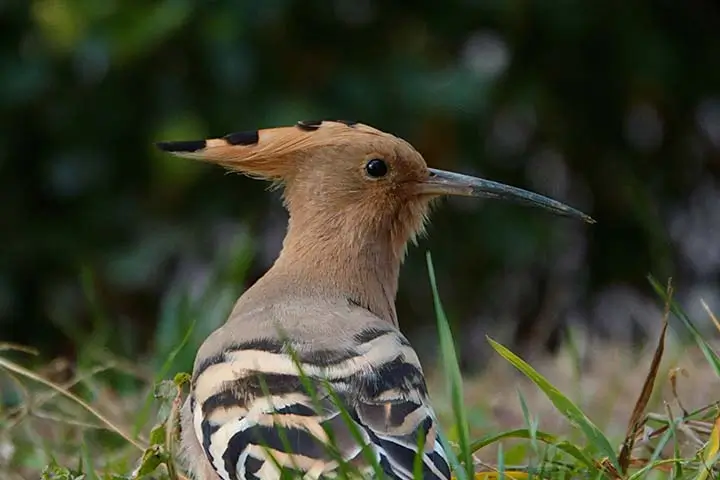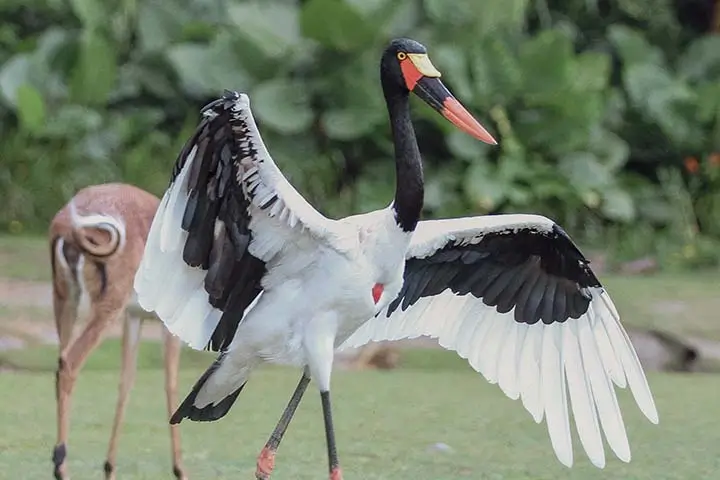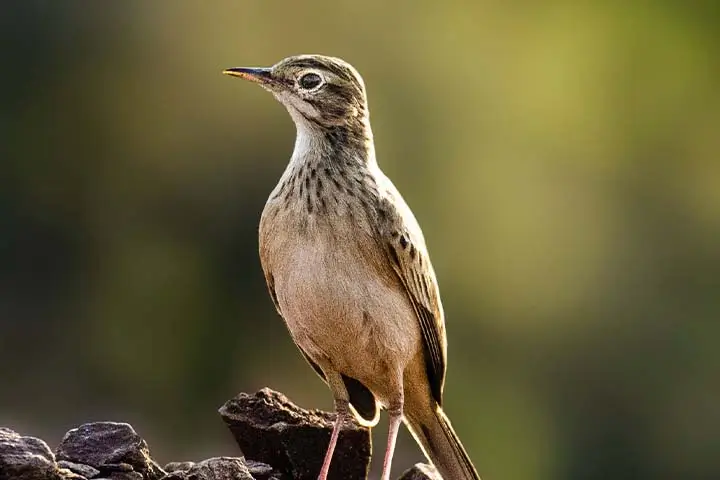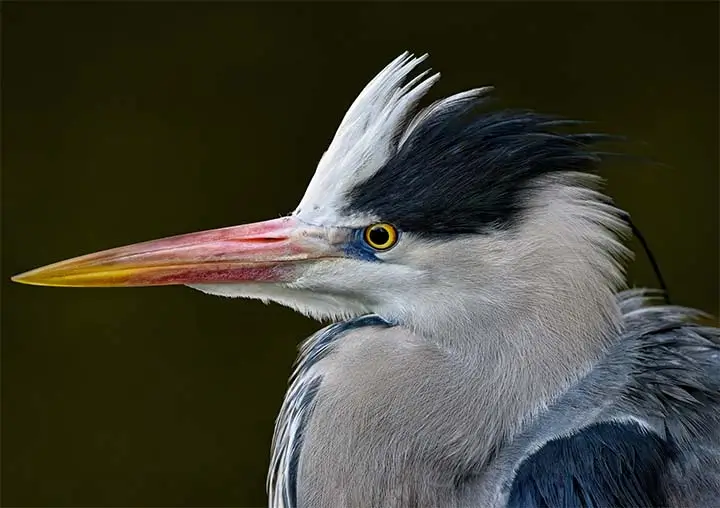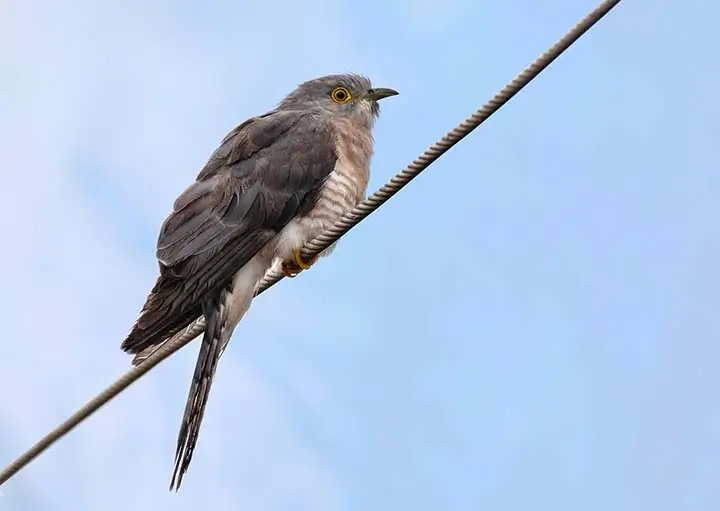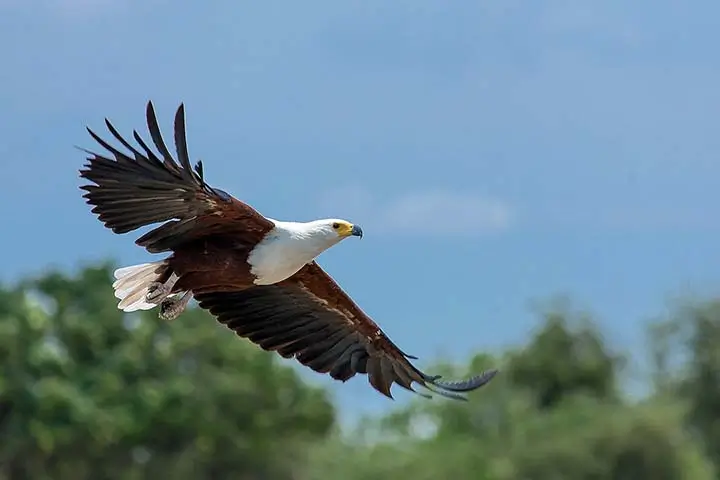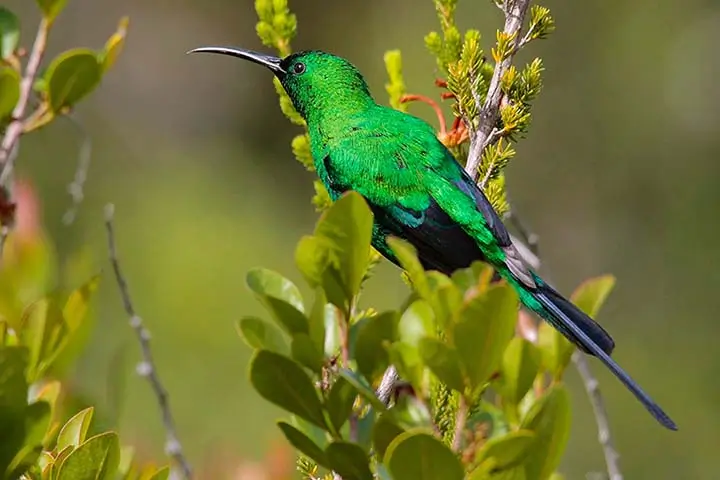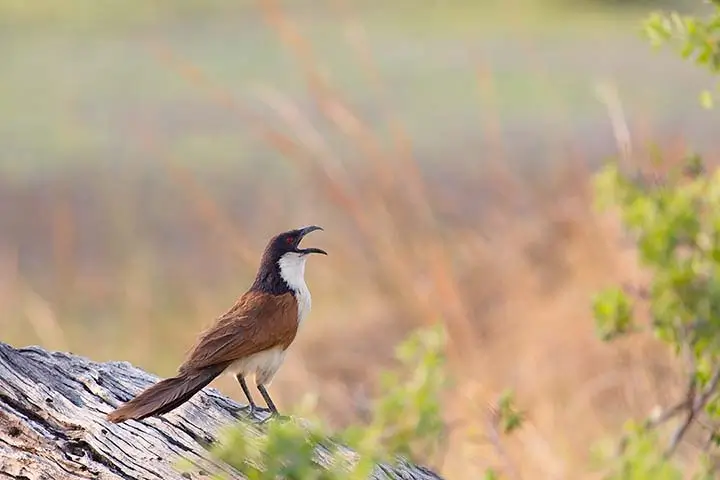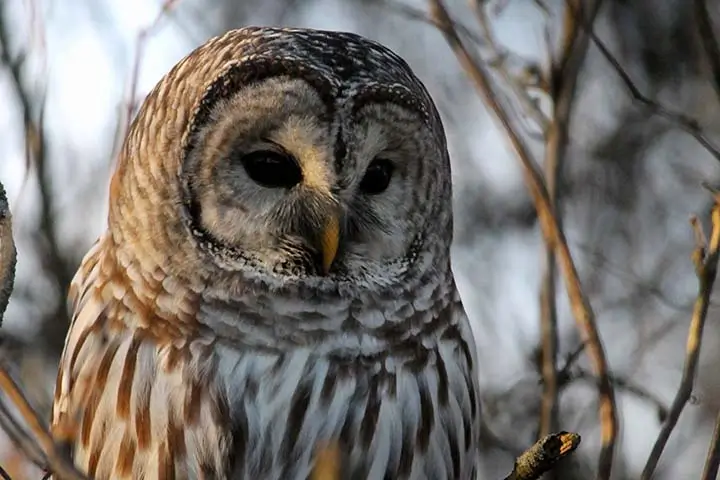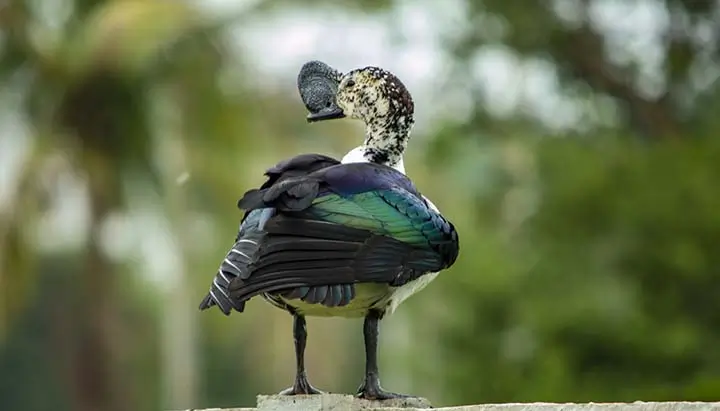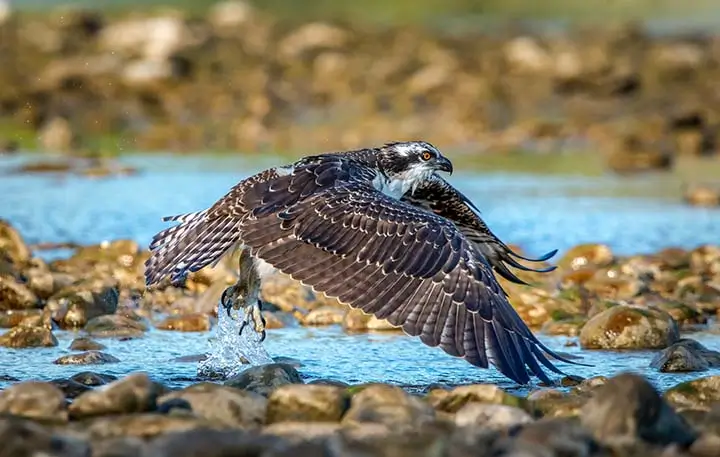It is situated 30 km west of Harare, in the middle of the
Mashonaland plateau, nearly half of this park comprises Lake
Chivero 26.3 km² when full; formerly
Lake McIlwaine, a water reservoir for the capital which was created by damming
the
Manyame River. The lake is 9.5 m deep on average and has a triangular shape,
with the river entering at the south-east end and leaving at the
north-west. The park has a very attractive appearance, being a
mixture of lake, natural woodland, grassland, and some granite
kopje outcrops.
These culminate in Bushman's Point at the eastern end. There are
many islands in the lake. Several of the kopjes have San Bushman
paintings on their sheltered surfaces. The topography, however, is
basically flat or slightly undulating, except at the north-western
side where the Hunyani Hills rise. The vegetation is almost
entirely miombo woodland. The original woodland, particularly on
the north bank, was cleared for tobacco farming in the past, but
has been regenerating for the past 50 years.
Interspersed among the woodlands are many large wooded anthills
and areas of grassland. The lake-margins have many patches of reed
Phragmites. The waters of the lake have been invaded by several
weeds, including the non-native Eichhornia, and also Pistia,
Myriophyllum, Lagarosiphon, Azolla and blue-green algae. At times
the water seems to be a 'soup'. The park is given over mainly to
water-sports and activities, in particular motorboats, yachts,
skiing, canoeing and fishing. Many sites on the banks are clubs
that service these activities. There is a research centre and bird
sanctuary on the north bank, and a game park with many introduced
game species on the opposite south bank.
Both north and south banks have tourist chalets and lodges. Many
day-trippers are subsistence fishers, who buy a cheap daily
permit. There are 26 species of fish in the lake, including five
exotics. Much of the water is drawn off from the lake for the
city, and there are tributaries (Marimba, Mukuvisi and Nyatsime)
flowing into the Manyame River or the dam itself which have major
sewage works onthem. Also, the Mukuvisi flows right through the
industrial sites of Harare.
The lake and hinterland are protected as part of Lake Chivero
Recreational Park. The lake was designated a Ramsar wetland of
international importance on 3 January 2013. There is a great
variety of birdlife and for the birdwatcher, the park is a
paradise, included amongst the several bird species are: South
African ostrich, African openbills, barbets, bee-eaters, buzzards,
coots, cormorants, doves, hamerkops, jacanas, kingfishers, grey
herons, darters, Goliath herons, fish eagles, glossy starlings and
lilac-breasted rollers.
The park is on the tourist route for the miombo (Zambezian-biome)
specials. Apart from the 11 species in the park that are globally
restricted to this biome, another 12 species occur that are
restricted to miombo in Zimbabwe at least.
Lake Chivero hosts many waterbirds, and 100 species are on the
checklist. At times, thousands occur. In the austral winter, many
ducks loaf on the dam during their flightless moult. Immediately
downstream of Lake Chivero is the larger but shallower Lake
Manyame formerly Robertson in another recreational park; Manyame
usually supports more waterbirds than does Chivero. More bird
species have been recorded in the park than at any other locality
in the country.
